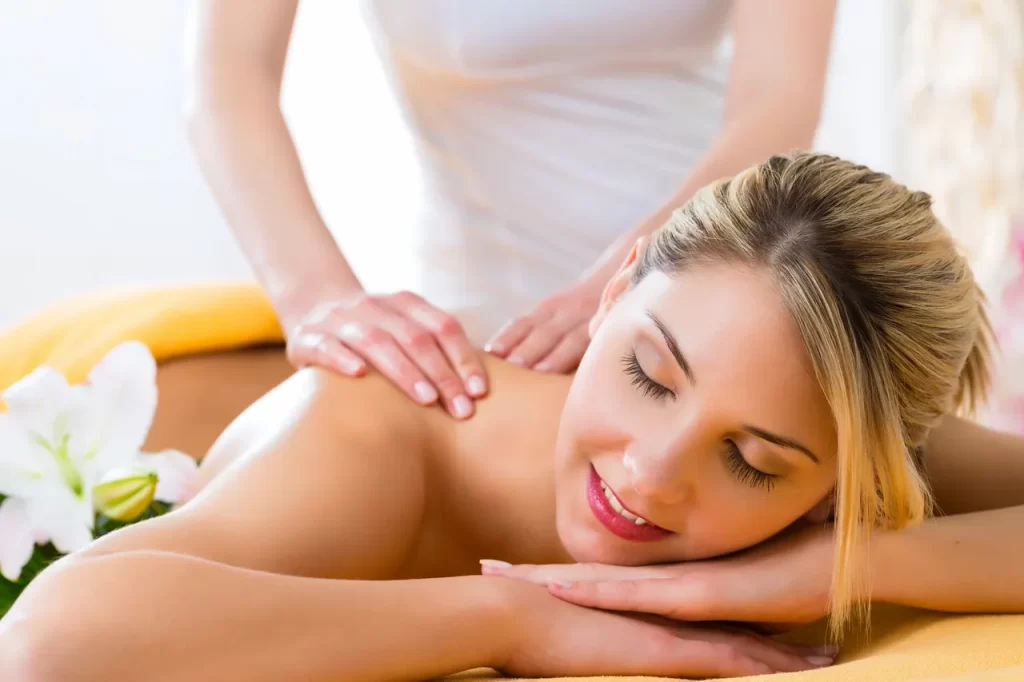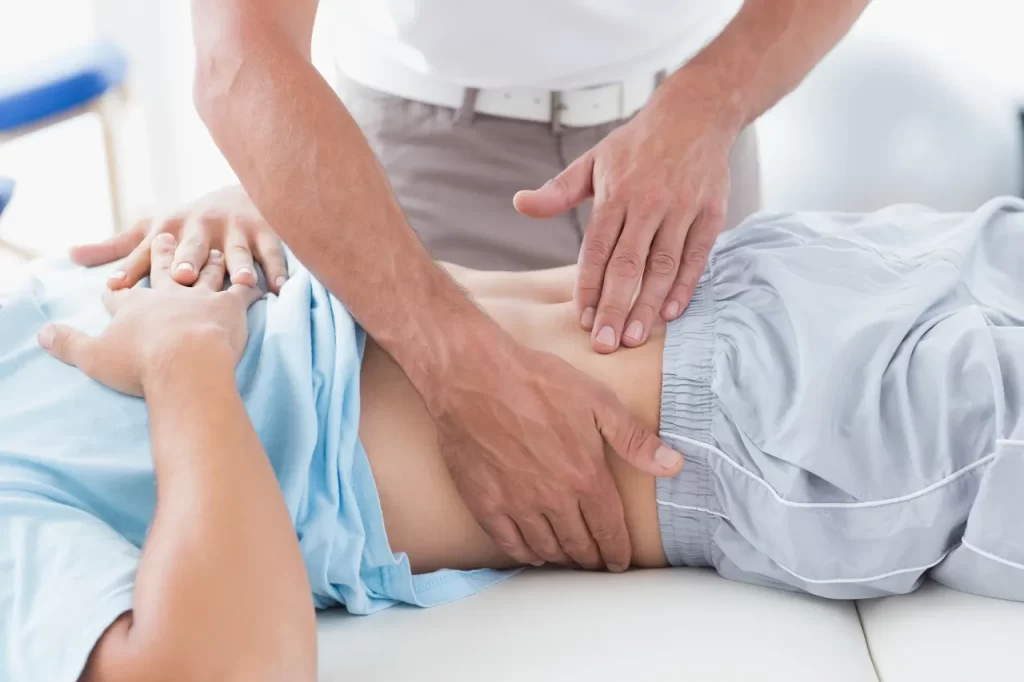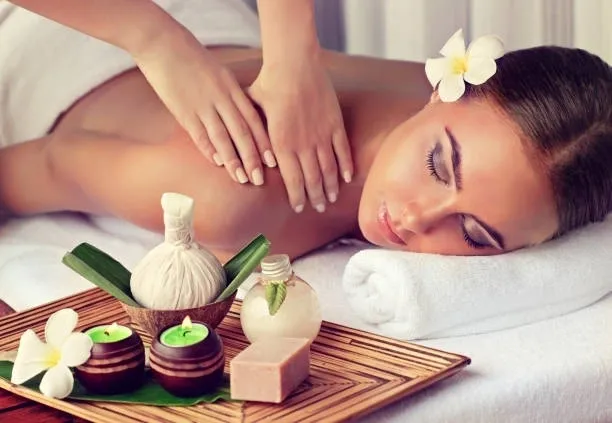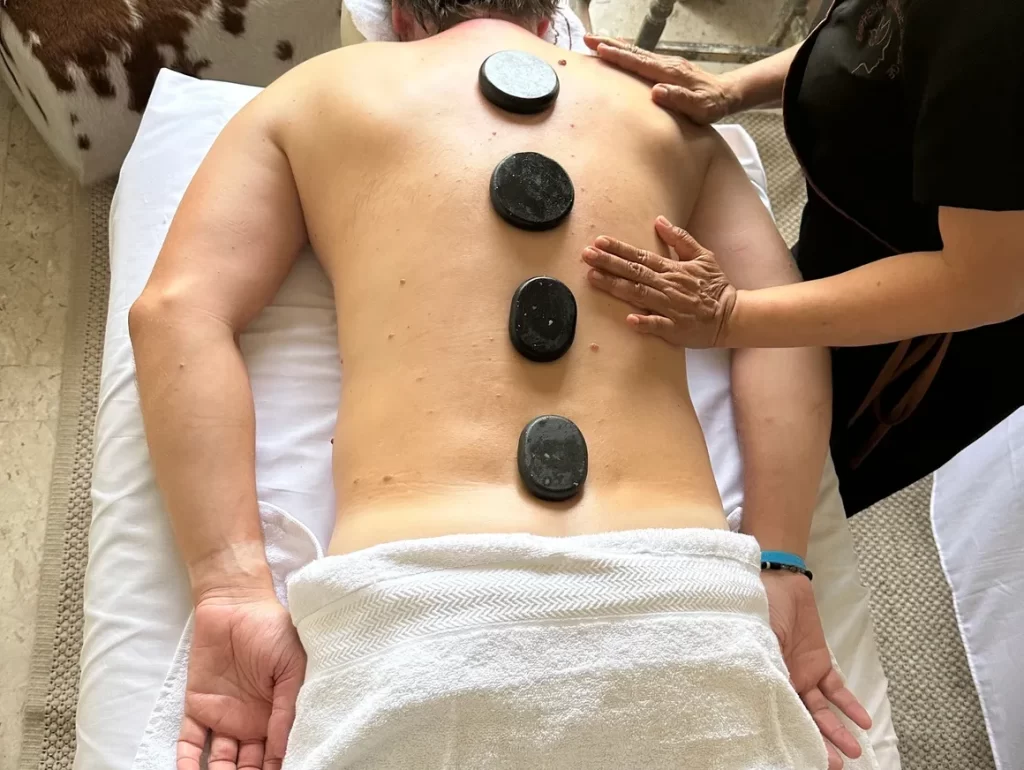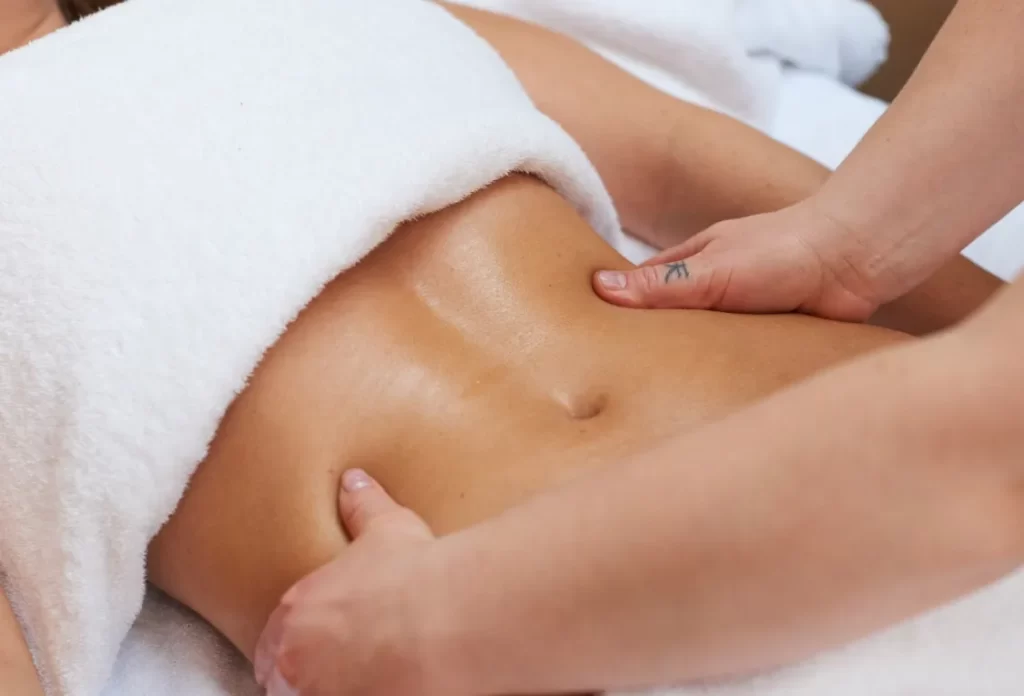Prenatal massage in Dubai : The Blissful Journey
Balinese prenatal massage isn’t just a luxury spa treatment; it’s a practical, wellness-focused practice that can bring physical relief and emotional balance during pregnancy. Whether you’re dealing with back pain, swelling, or sleepless nights, this traditional Indonesian technique may offer more benefits than you think. Key Takeaways Balinese massage promotes circulation and relieves pregnancy discomfort, especially helpful for back pain, swelling, and sleep issues in the second and third trimesters. It’s safe when performed by certified prenatal massage therapists, ideally after getting the go-ahead from your OB-GYN. Partners can join the experience too, learning simple at-home techniques to build intimacy and reduce stress. You’ll find expert prenatal Balinese massage in Dubai at wellness centers like Empress Balinese Massage, known for its trained therapists and tranquil ambiance. What Is Balinese Massage and Why Pregnant Women in Dubai Swear by It Balinese massage is a therapeutic tradition from Indonesia, blending acupressure, reflexology, and aromatherapy. When adapted for pregnancy, it becomes more than a pampering experience; it’s a wellness ritual that aligns your body, soothes your mind, and creates space for new life. In a bustling city like Dubai, where expectant mothers juggle heat, work, and family life, the ancient calm of Balinese massage offers much-needed sanctuary. The Benefits of Balinese Massage During Pregnancy 1. Relieves Pregnancy Aches (Like That Annoying Lower Back Pain) Prenatal Balinese massage uses long, gentle strokes and rhythmic pressure to ease tension in muscles and joints that are working overtime. Especially during the second and third trimesters, it can help reduce back pain, sciatica symptoms, and puffiness in your feet. 2. Boosts Circulation for You and Baby Improved blood flow isn’t just a feel-good bonus; it ensures that oxygen and nutrients get to your baby efficiently, helping with fetal development. 3. Reduces Stress and Supports Emotional Balance Thanks to a mix of endorphin boosts and aromatherapy, Balinese massage can reduce cortisol (your stress hormone) and elevate your mood. For pregnant women dealing with hormonal swings, this is emotional gold. 4. Sleep Like You’re Not Pregnant Massage activates the parasympathetic nervous system, encouraging deep rest. Better sleep equals more energy and resilience during the day, something every parent-to-be needs. Is Balinese Massage Safe During Pregnancy? Yes, when done right. That means: Seeing a certified prenatal massage therapist Avoiding massage in the first trimester unless approved by your doctor Focusing on light to medium pressure and avoiding deep tissue work near pressure points At reputable centers like Empress Balinese Massage, every session is tailored to your trimester and medical history. The Partner Bonus: Making It a Bonding Experience Many massage therapists now offer mini-classes where your partner can learn simple at-home massage techniques. This isn’t just about comfort; it’s about connection. Think of it as a prenatal date night. For deeper insights into massage etiquette and expectations, check the FAQs section. How Balinese Massage Helps You Prepare for Labor Regular sessions help keep your hips flexible and your pelvic area relaxed, two critical factors for smoother labor. Some moms even report improved fetal positioning thanks to the muscle release. Plus, it encourages a strong mind-body connection, which supports confidence and resilience during childbirth. When and Where to Book Your Massage in Dubai Best Timing: Avoid first trimester unless advised otherwise Ideal frequency: Every 2 to 4 weeks during the second trimester, and weekly during the third trimester if you’re feeling discomfort. Where to Go: Certified wellness centers offering prenatal services Trained therapists Tranquil, hygienic settings If you’re in Dubai, Empress Balinese Massage is a top-rated option. Want to know what other moms-to-be are saying? Explore their customer reviews. For packages and session options, check the pricing list. Benefits by Trimester (Quick Table) Trimester Common Symptoms Balinese Massage Benefits First Nausea, fatigue Light relaxation, emotional calm Second Back pain, anxiety Pain relief, better sleep Third Swelling, birth prep Reduced swelling, pelvic relaxation Final Thoughts: Make This a Ritual, Not a One-Off Prenatal Balinese massage isn’t just a treat; it’s a trusted tool in your wellness kit. It helps you connect with your changing body, prepares you for childbirth, and offers a moment of stillness in a transformative time. As you plan your next appointment, remember: this isn’t just for you. It’s for both of you.
Prenatal massage in Dubai : The Blissful Journey Read More »


